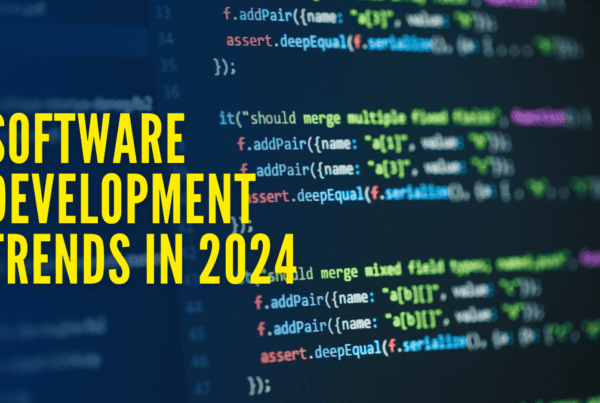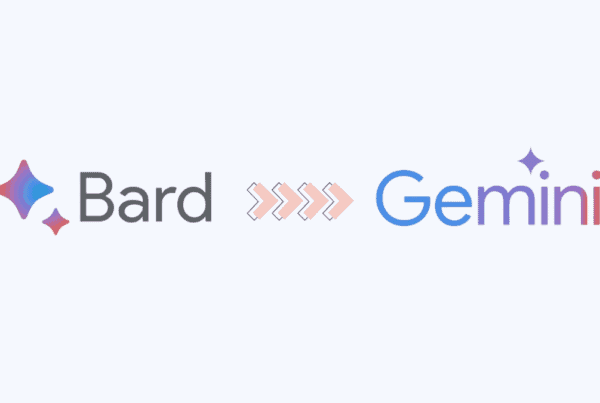
Web and mobile applications are making a growing impact in the medical device industry, serving the benefits of increasing accessibility and convenience for health care providers while simultaneously reducing their costs. Quality of display and reporting capabilities from diagnostics-related equipment are enhanced. Most importantly, providers are less obligated to purchase additional, proprietary, location-specific equipment for each core diagnostic machine.
ResolutionMD is one such application, available in both web and mobile versions. It is a diagnostic imaging viewer for web, iPhone, iPad, and Android device platforms. The application allows medical practitioner users to view x-rays, CT scans, MRI’s, and other imaging through customization by angle on three axes as well as depth, in itself customized for scale by millimeters units by varying degree for viewing.
Within ResoltionMD’s viewing offerings, Calgary Scientific has developed a niche market for cardiac and stroke-related diagnostic imaging services. From Calgary Scientific’s website: “ResolutionMD Clinical Vessel provides tools and intuitive workflow for stent planning, automated vessel segmentation and stenosis calculations. ResolutionMD Vessel allows the interventional radiologist, vascular surgeon or technologist to identify and diagnose pathology related to occlusive vascular disease. ResolutionMD Clinical Cardiac is a web-based suite of comprehensive analysis tools for CT and MR exams. It provides intuitive workflows for quantifying coronary calcium deposits, analyzing coronary artery disease, and assessing cardiac function in CT and MR studies.”
ResolutionMD is the first software for mobile devices to receive clearance from the U.S. Food and Drug Administration, which is, in itself, a groundbreaking achievement. FDA registration increases the degree by which doctors may rely on ResolutionMD’s diagnostic images to issue their official diagnoses to patients. More important is the fact that software, in a broader sense, is now viewed by the medical industry as an invaluable tool in the modern-day practice of medicine. The door is now open for competent software developers to deliver relevant and needed products for the medical industry to a degree previously neither possible nor permitted.
Although they may lack the wow-factor of the imaging-focused applications, encyclopedia-style medical diagnostic applications provide a complimentary format of detailed, textual-focused resources to aid physicians in diagnoses. One such application is CMDT, developed under the ownership of the famed McGraw-Hill publishing house. Symptoms inputted result in one or more possible conditions displayed, each with their own set of subheadings such as General Conditions, Clinical Findings, Treatment &Prognosis, and When to Refer. The wealth of medical knowledge from previous physician contributors and the perpetual, ongoing nature of the diagnostic improvements combine for a fluid and ever-improving tool that is constantly updated by each contributor. CMDT offers a wide spectrum of medical practices, from cardiology to neurology to oncology, orthopedics, obstetrics, and more.
The need for intelligent software in the medical field is wide and boundless at the moment. Great developers have a key target industry that is well-funded, relevant, and ever-growing! Along with the potential for developers to produce high-net applications comes the understanding that no application can replace a highly trained and experienced doctor. However, diagnostic software applications provide an obvious replacement for limited print media formats that have normally been standard for not just medical, but all industries.




